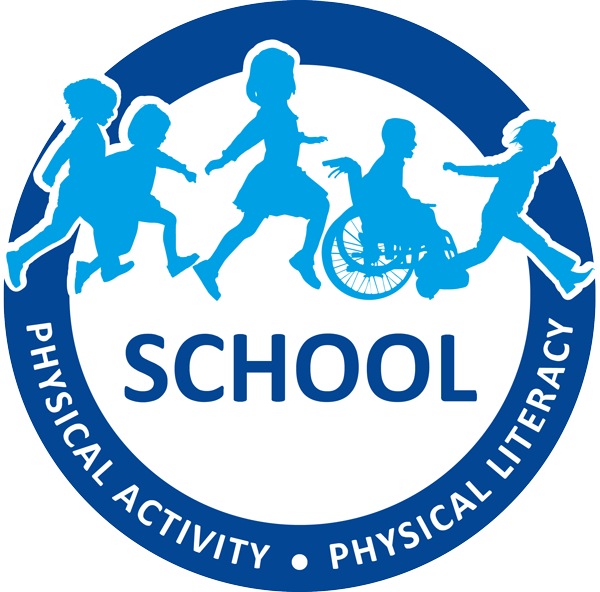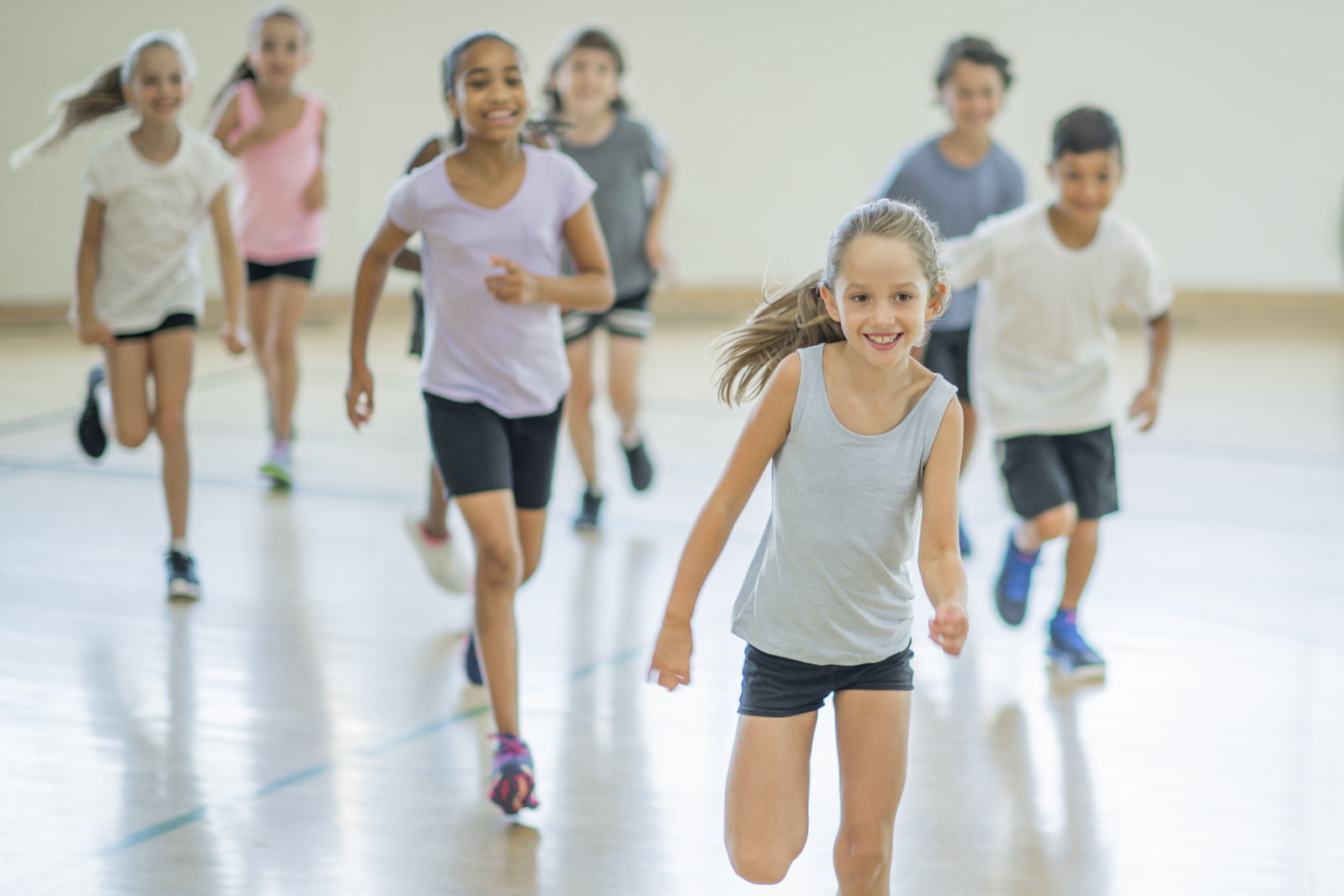The B.C. physical health education curriculum looks at more than physical activity, unlike in the past. The curriculum has developed and is now built to promote long-lasting motivation for physical activity in students.
Why is this change important and how do educators make this change in their own lessons?
First, it is important to know what physical literacy is and its role in students’ participation. Physical literacy is the physical competence, confidence and motivation to be active for life. To be physically literate, students first must learn the basic skills for movement, called fundamental movement skills, such as running, jumping and throwing. In many cases, there is a focus on how well a student does the movement rather than how to build motivation for the student to work toward doing the skill correctly and yet the definition contains both physical competence and motivation.
Why is motivation important?
If students have a higher level of motivation to participate in physical activity, they are more likely to be involved and be physically active. Physical activity offers many physical benefits like better focus on the classroom and better sleep quality. So how, as educators, do you build motivation in students?
How do you build motivation in your students?
When students participate in an activity that is too difficult, they become discouraged and are less likely to connect with the activity or push themselves. When students participate in an activity that is too easy for them, they can become bored and uninterested. Implementing games and activities into your classroom that offer an equal amount of challenge and the student’s skill levels will offer more opportunities for children to become self motivated.
Check out the booklet Building Motivation for Physical Activity to learn more and use PLAYBuilder for games and activities you can use to increase the chance of flow for your students!

